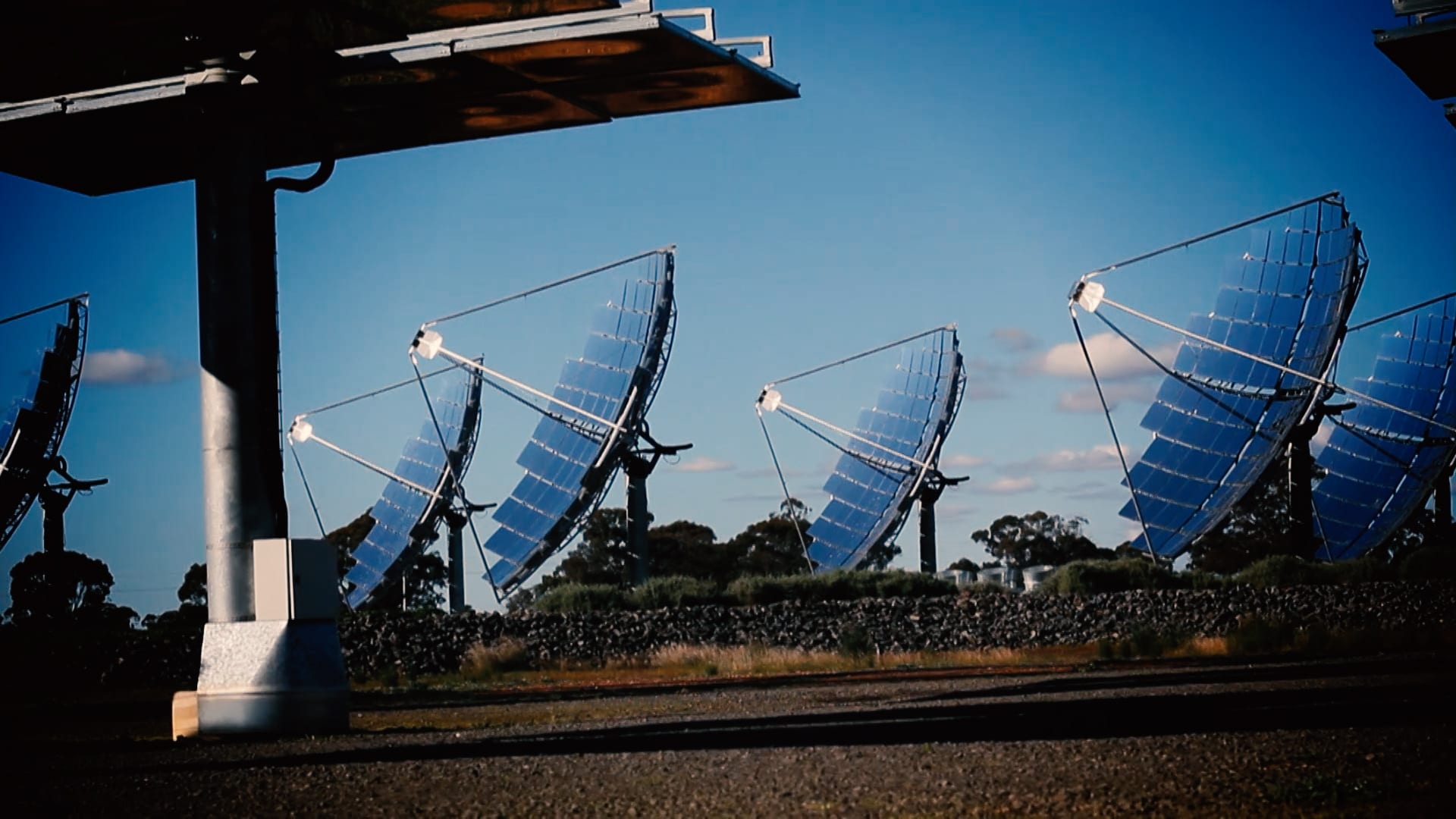There’s just something about donning a hard hat and some high-vis that an office environment can’t compete with. Seeing industry at a huge scale and getting hands-on with the companies that are building the world we see around us is an exciting part of our work here at Dream Engine. However, before we get our hands dirty we have a lot of safety and creative considerations when creating an industrial video.
Safety First
When filming on location, whether it be for large scale industry or a small store, the most important thing to consider is safety. Prior to every location shoot we attend, we perform a risk assessment and identify if we need any additional safety or Personal Protective Equipment (PPE). Most of the time this means things like close-toed shoes and high vis-vests, but on active job sites can mean a hard hat, steel toed boots and gloves. And of course the often overlooked sunscreen.
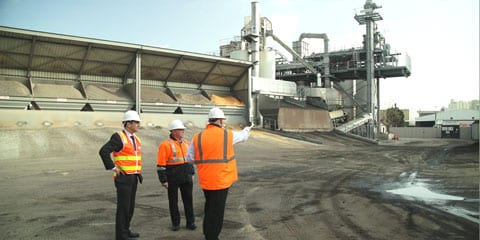
When visiting another workplace, it’s our role to understand each businesses unique safety procedures and get up to speed as quickly as possible. During the safety induction process it’s important to remember where exits are and the unique aspects of each site you visit. The safety officer will run through the key points and following the induction we will raise any safety related questions.
Our Approach to Industrial Video
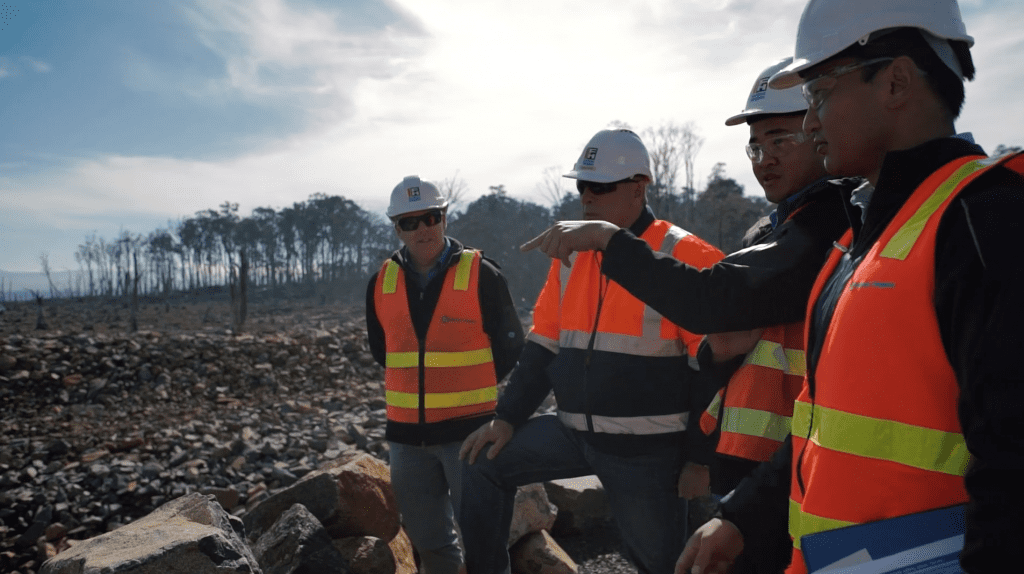
The next step for shooting is to ask a lot of questions with those in the know to find out what’s most important. The more we know about the site and machinery, the more we will know what to focus our time on. Before hitting record we will scope out the best vantage points for showing the scale of the site, and as lighting a huge site is often impractical, figuring out which angles and what time of day is best for filming.
Equipment
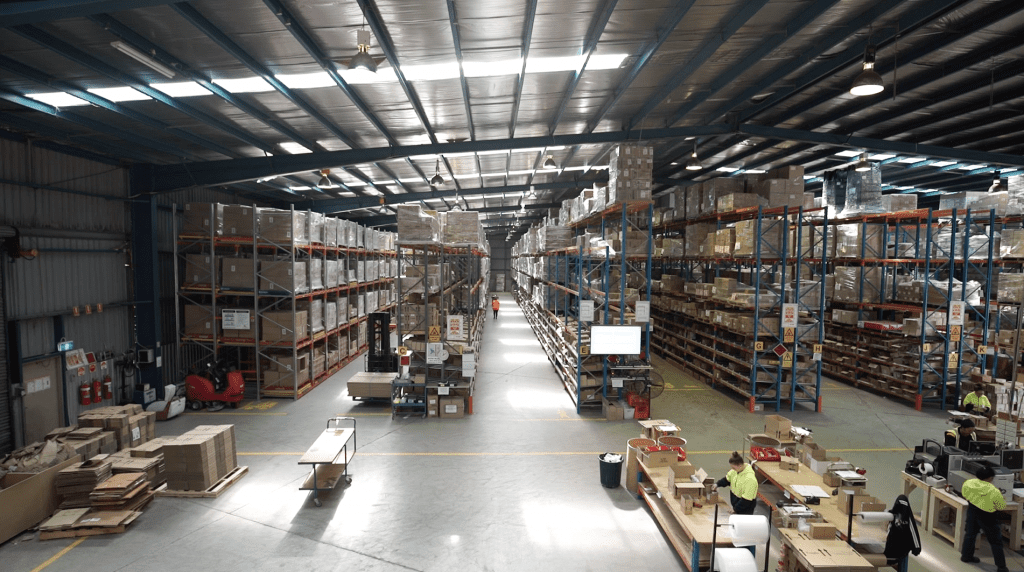
For many industrial shoots the location will be quite large and require a lot of walking between shots, so we prefer a mobile and agile recording set-up. We use the Sony A7s as it is small and lightweight. Paired with a Miller Air tripod and and the option of a DJI Ronin for shots that require movement, we have a lean and agile shooting set-up.
Keep on the Move
Stowed away in our Lowepro backpack is a variety of lenses. Ideally our set-up will consist of a 16-35mm wide angle lens, that captures the scope of the site in its full glory. Then we would have a 50mm prime lens for things like workers on site and a bit more detail. And we would also pack a telephoto lens, like a 70-200mm or 100mm macro to show fine detail on machinery factory processes. Some other equipment that makes a regular appearance is a GoPro with vehicle attachments, to get shots that would be impractical or unsafe with a camera operator. Mounting it to the side of a large piece of machinery as it works around the site is a great way to show off the machines and site at the same time. We also often utilise timelapse footage to show the speed and efficiency of the operation, as well as for observing slow moving progress like for our work with Solar Systems.
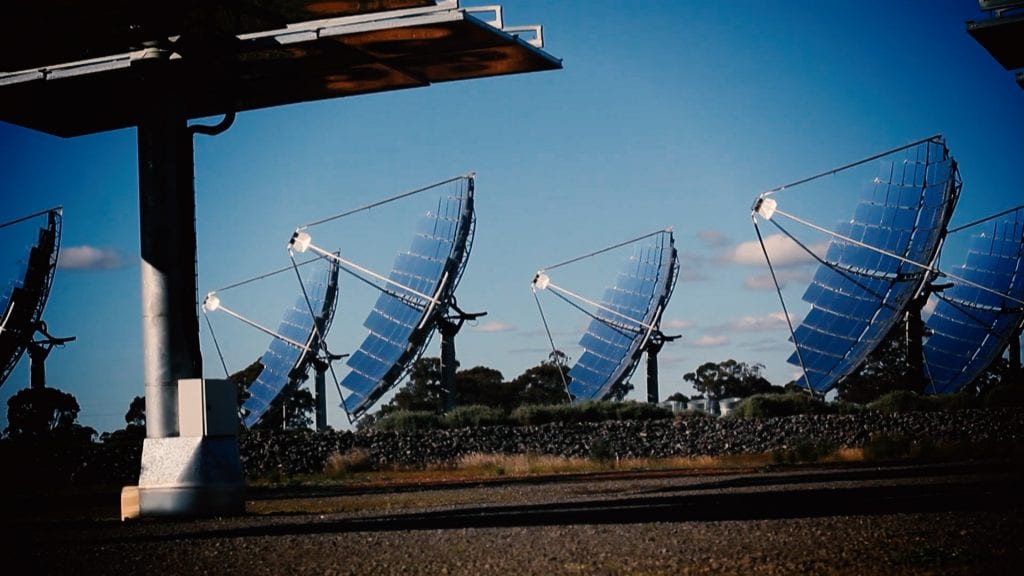
By getting to know your industry and having a thorough understanding of safety protocols, a tried and true method and proven results, Dream Engine is your ideal partner in Industrial Video.

Ryan Spanger is one of Melbourne’s most respected and sought-after video production professionals. Ryan founded Dream Engine in 2002, and specialises in helping medium to large corporates, government departments, and the non-profit sector to connect with their audience more effectively by using video.
